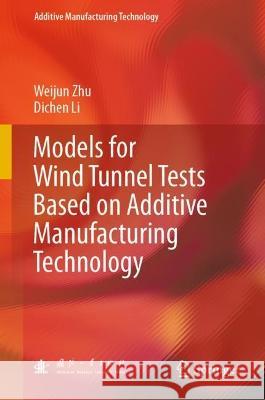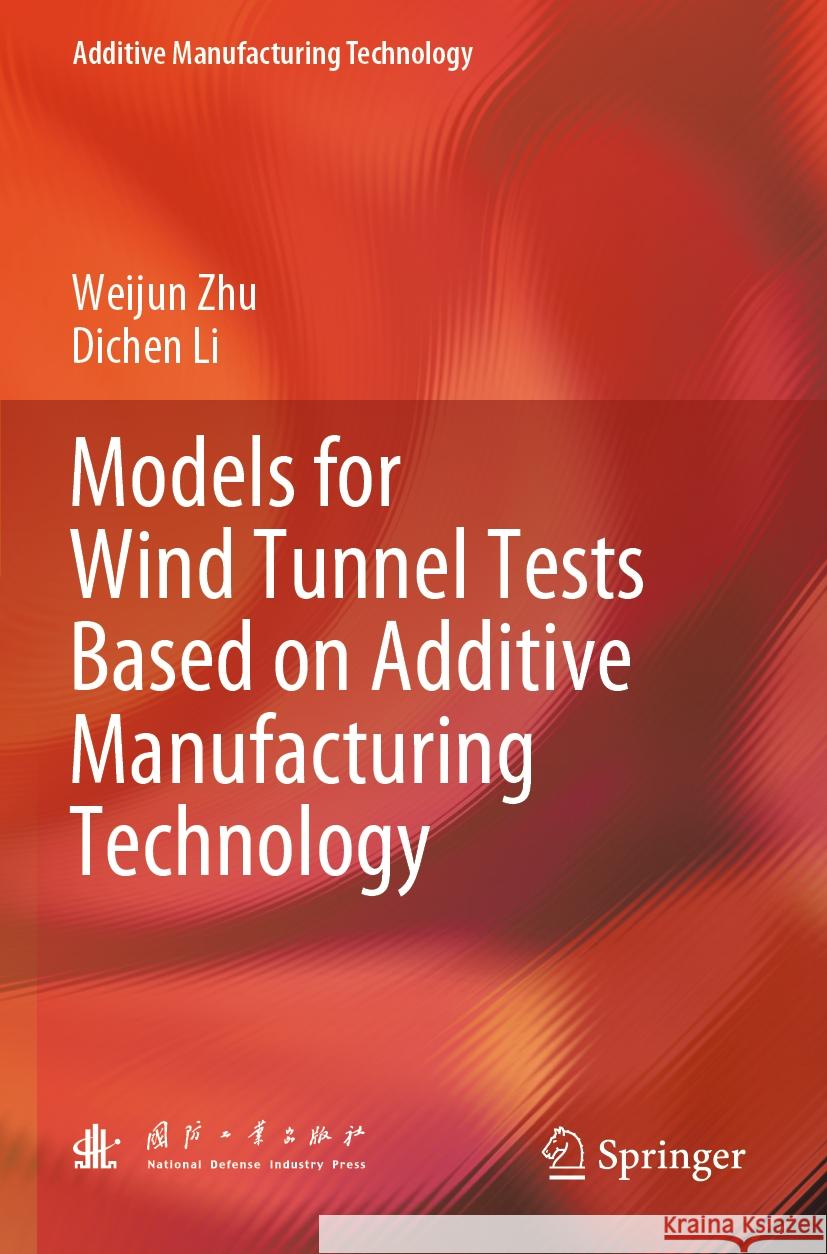topmenu
Wyniki wyszukiwania:
wyszukanych pozycji: 2
 |
Models for Wind Tunnel Tests Based on Additive Manufacturing Technology
ISBN: 9789819958764 / Angielski Termin realizacji zamówienia: ok. 22 dni roboczych (Dostawa w 2026 r.) |
cena:
605,23 |
 |
Models for Wind Tunnel Tests Based on Additive Manufacturing Technology
ISBN: 9789819958795 / Angielski / Miękka / 2024 Termin realizacji zamówienia: ok. 22 dni roboczych (Dostawa w 2026 r.) This book systematically introduces design and fabrication of physical models for wind tunnel tests based on additive manufacturing technology, including model design technology, model fabrication process, strengthening technology, etc. On this basis, it introduces in detail the specific implementation process of commonly used models, e.g., force measurement models, pressure measurement models, elastic models, and flutter models. This book mainly provides references for researchers and engineers who are engaged in aircraft design, experimental fluid mechanics, and additive manufacturing...
This book systematically introduces design and fabrication of physical models for wind tunnel tests based on additive manufacturing technology, i...
|
cena:
605,23 |










